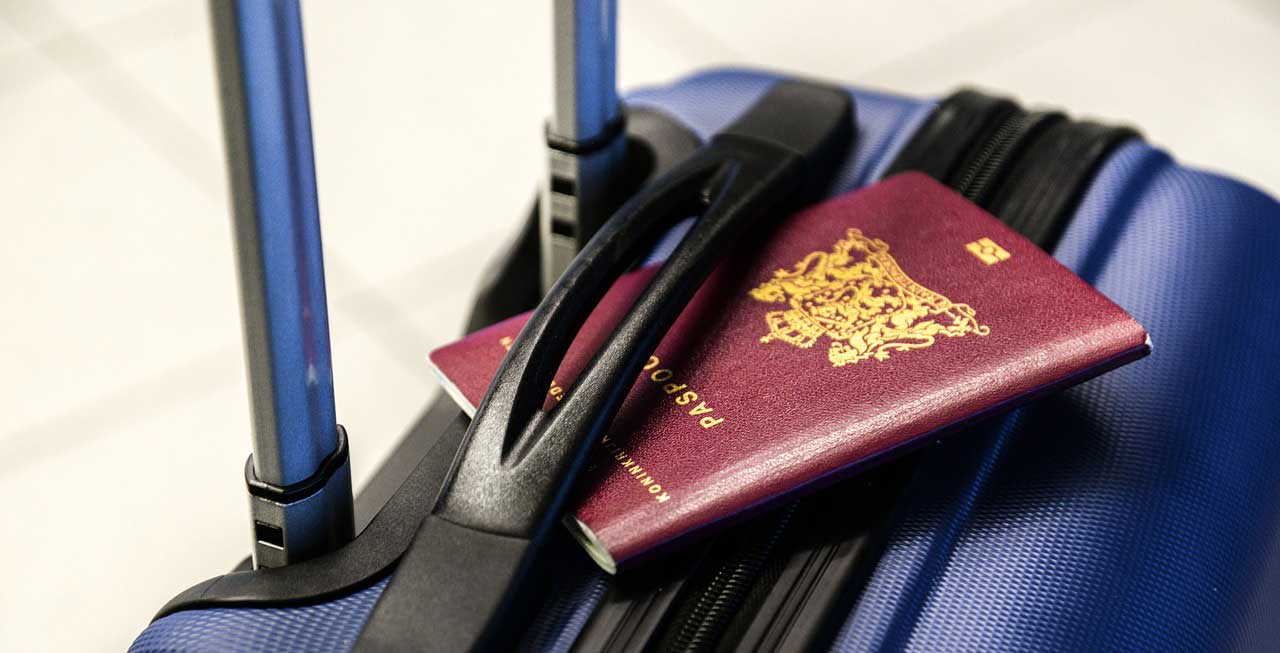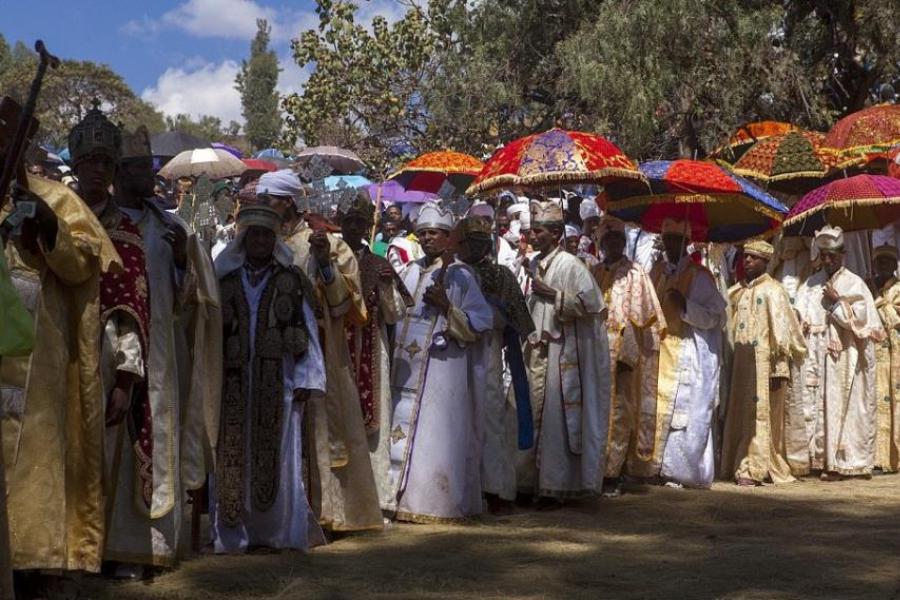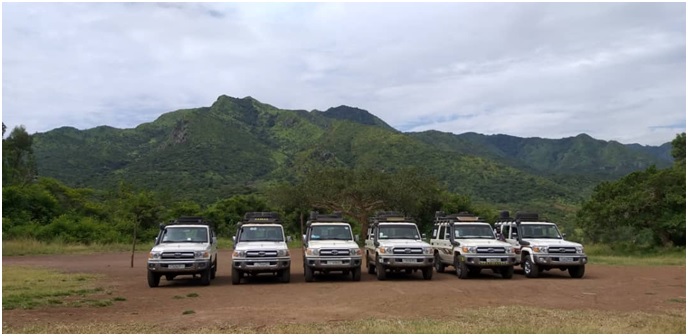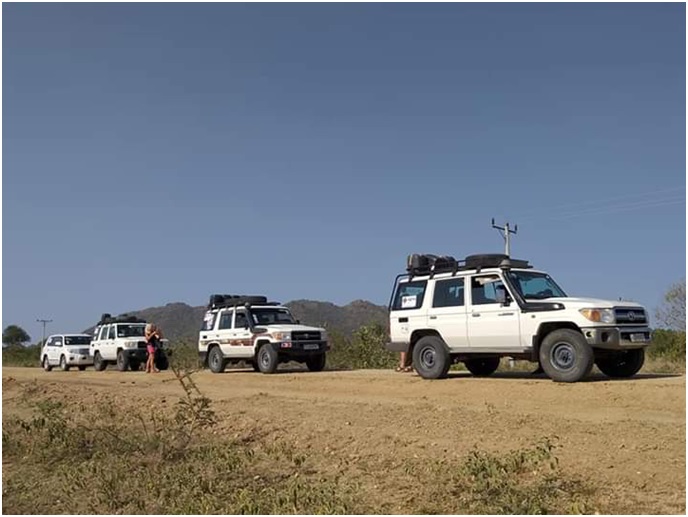- 1km from Bole airport, Addis Ababa
- +251-930-034920

NB. Upon request we arrange visas for our Clients, or if an invitation letter is necessary then we will arrange this for you.
Visa application on arrival Some tourist visas can be issued on arrival at Addis Ababa Bole International Airport. Tourist visas can be issued on arrival to:
(a) Foreign nationals coming from countries where there is no Ethiopian mission.
(b) Foreign nationals coming from and who are permanent residents in any of the following internationally recognized tourist generating countries.
Tourist visas can be issued on arrival at Bole International Airport for citizens of the following countries: Argentina, Australia, Austria, Belgium, Brazil, Canada, China, Czech Republic, Denmark, Finland, France, Germany, Greece, India, Ireland, Israel, Italy, Japan, Kuwait, Luxembourg, Mexico, the Netherlands, New Zealand, Norway, Democratic people’s Republic of Korea (northern Korea), Poland, Portugal, Republic of Korea (south Korea), the Russian Federation, Slovakia, South Africa, Spain, Sweden, Switzerland, United Kingdom, United States of America.
If applying for a tourist visa on arrival, visitors will require two passport photographs and US$50. Visas Required by all except the following: (a) nationals of Kenya for stays of up to three months; (b) transit passengers continuing to a third country within 12 hours, provided not leaving the airport and holding valid travel documents for onward destination.
Types of visa and cost:
Tourist visa on arrival: US$52 (30-day single-entry); US$78 (three-month single-entry); US$91 (three-month multiple-entry); US$104 (six-month multiple-entry).
Validity:
Single-entry: 30 days or three months; multiple-entry: three months or six months.
Visas are valid from the date of issue, not from the date of entry; visas cannot be post-dated.
Transit:
Transit visas are available for 12, 24, 48 or 72 hours.
Application requirements Tourist:
(a) Completed application form.
(b) Passport valid for at least six months (containing residence permit, if applicable).
(c) One passport-size photo.
(d) Fee (payable by cash, banker’s draft or postal order) made payable to The Ethiopian Embassy.
(e) Proof of sufficient funds to cover stay i.e a bank statement.
(f) Return or onward ticket.
(g) For postal applications, a self-addressed special-delivery envelope.

Ethiopia’s national airline(www.ethiopianairlines.com. ) is one of the best in Africa. International services are reliable with good seat pitch, whilst domestic flights are serviced by a brand new fleat of twin props. Practically all international visitors to Ethiopia fly into Addis Ababa, where Bole International Airport handles all international flights into the country and is also the hub of the domestic flight network. A high proportion of tourists fly with the national carrier Ethiopian Airlines, which has one of the most extensive networks of any African carrier.
Ethiopian airlines offers the continent’s most extensive flight network, with international routings connecting Addis Ababa to more than 90 cities outside Ethiopia, as well as 20 domestic destinations.
Ethiopian airlines operating direct flights to the following countries :-London, Brussels,Dublin, Frankfurt, Madrid, Milan, Paris, Rome, Stockholm and Vienna. It also operates flights to four North American cities, namely Los Angeles, New york, Toronto and Washington DC, as well as Rio de Janeiro and São Paulo. The national carrier also operates flights between Addis Ababa and several destinations in the Middle East and Asia, including Bahrain, Bangkok, Beijing, Beirut, Dubai, Doha, Delhi, Demmam, Guangzhou, Hangzhou, Hong Kong, Jeddah, Kuala Lumpur, Kuwait, Manila, Mumbai, Muscat, Sana’a, Seoul, Shanghai, Singapore, Tel Aviv and Tokyo.
Ethiopian Airlines operates the most extensive international network servicing Africa and the Indian Ocean Islands.
For those who intend to use internal flights, an important advantage of booking your international ticket with Ethiopian Airlines is that it gets you a discount of up to 60 percent on domestic fares.
Other airlines that fly to Ethiopia include : Lufthansa ,Turkish Airlines , Emirates , Fly Dubai , Air China ,Saudi Airlines, Egypt air, Kenya Airways, Gulf Air and Sudan Airways. In addition, KLM operates a code share with Kenya Airways, and South African Airways code shares with Ethiopian Airlines.

Ethiopia can be visited at any time of year, but different seasons have different advantages.
if you’re interested in experiencing Ethiopia’s cultural festivals, some of which are held during the rainy season. If you’re on a budget, travelling during the low season is also a good way to save money.
Although Ethiopia’s climate varies greatly depending on the region you’re planning on visiting, the wet season generally lasts from June to September. June and July are the wettest months, particularly in the Northern Highlands. Weather wise, therefore, the best time to travel is from October to end of May, when the climate is both dry and sunny.
Can be visited all year round but the best time is September to February dry season is good time to plan a trip to the ancient rock-cut churches of Ethiopia’s stunning Northern Highlands. However, even during the wet season, rains rarely last all day. If you’re looking to save money, consider booking a trip from March to August, when the rains are light and prices for accommodation and tours are generally lower.
The Simien Mountains are a vast mountain range whose highest peak stands at 4,620 meters, making it one of the highest mountains in Africa. Trekking here is fantastic, not only because of the scenery, gorges and streams, but also because you get a chance to look for endemic wildlife like the gelada baboon and the walia ibex. The best time to trek is from September to June, when it’s dry, green and relatively dust free. September and October in particular can be spectacular because this is when the mountain wildflowers are in full bloom.
Danakil is one of the hottest places on earth, with daytime temperatures easily reaching 122℉/ 50℃. It’s a fascinating destination where you can witness the age old tradition of salt caravans, experience Afar culture, and marvel at a myriad of active volcanoes. If you’ve ever felt the urge to visit another planet, you’ll love the extraordinary landscapes of this region. To avoid feeling like you’re boiling alive, however, make sure to visit during the cooler months of September to April.
Ethiopian festivals are certainly worth planning a trip around. Mostly religious, festivals generally last several days. Orthodox Christian festivals are the most prominent and visible in Ethiopia, and are celebrated according to the Ethiopian calendar. For example, Ethiopian Christmas (known as Ganna) is celebrated on January 7th. Enkutatash, the Ethiopian New Year, is celebrated on September 11th. If you’re keen to experience Ethopian festivities at their most colorful, consider planning your trip around Meskel or Timket – but be prepared to book your domestic flights and hotels well in advance. the best time to travel is September, January and April .
Wildlife viewing is consistent throughout the year, but resident birds tend to be most colorful during the breeding season, which usually coincides with the rains, while the European winter months attract flocks of migrants from the north.
Can be visit all year round. This region has two rainy seasons – one lasting from March to June, and a shorter one in November. Access is always possible during these times, so planning your trip at anytime of the year.
Ethiopia is a vast country and its road infrastructure, though greatly improved in recent years. the most efficient way to get around is by plane, though some sites are accessible only by road, so many visitors prefer to travel by Land.
Ethiopian airlines runs internal flights to 23 cities and towns throughout the country from its hub at Addis Ababa Bole international airport .For those with time restrictions, the best way to hop between the main sites along the northern circuit is by air. The national carrier Ethiopian Airlines runs a reliable network of daily flights connecting Addis Ababa, Bahir Dar, Gondar, Lalibela , Aksum, Mekele and Semera (Afar). This would allow you to cover the northern highlights over five very rushed days, or around eight days at a more relaxed pace. There are also flights (usually daily) between Addis Ababa and several other towns, of which the most important to tourists are Dire Dawa (for Harar), Arba Minch, Awassa, Jimmaand Goba (for Bale Mountains National Park). In this guide we list direct flight services between towns – to get between unlisted combinations of towns, you will usually need to route through Addis Ababa, which may entail an overnight stay there.
Ethiopian Airlines was offering a discount of around 60 percent to passengers who flew or will fly into Ethiopia with them. This discount makes internal flights extremely affordable, though this type of offer is subject to regular revision, so do check the situation before you book anything.For domestic flights ,Passengers are required to be at the airport at least one hour in advance. Standard security procedures apply at all airports. The baggage limit is 20kg on domestic flights. Don’t bring bulky hand luggage as the interiors are quite small.
Most flights leave from Addis Ababa, but not all are nonstop, which means you can also jump from one town to another. For instance, most of the daily Addis Ababa–Aksum flights stop at either Bahir Dar, Gonder or Lalibela en route.


Addis Ababa, Arba Minch, Assosa, Axum, Bahar Dar, Bale Robe, Dembidollo, Dire Dawa, Gambella, Gonder, Gode, Hawassa, Humera, Jijiga, Jimma, Jinka,Kabri Dar, Kombolcha, Lalibela, Mekelle, Semera, Shire and Shilavo
Business Class passengers are permitted two pieces of baggage weighing no more than 7kg each without extra cost. For Economy Class passengers, one piece of carry-on baggage with a maximum weight of 7kg is permitted at no extra cost. Passengers may also carry the following items as long as they do not exceed 5kg: small handbag, laptop, overcoat or blanket, small camera, reading material and infant’s basket.
The checked baggage allowance for passengers varies depending on the booking class and destination. For domestic flights traveling within Ethiopia, Cloud Nine (Business Class) passengers are permitted 30kg of checked baggage. Economy Class passengers are permitted 20kg. If traveling internationally, please check your booking details for your free baggage allowance.
Online check-in is available between two and 36 hours before departure and will enable passengers with Ethiopian Airlines to confirm their attendance, select their seat, and make their way through the airport more efficiently.
Check-in counters open three hours before scheduled departure time and close one hour before, regardless of the airport of departure or whether its an international or domestic flight.

If you have more time, or delight in the joys of overland travel.( we can provide you vehicles 4WD, minibus and coaster bus. )Car – Transportation yemilewu be link yigeba
The best way to experience the variety of scenery Ethiopia has to offer is travel by road. Ethiopia's road network has improved substantially in the past decade or so thanks to an extensive road maintenance program and many roads are become an asphalt.
There are a several highways in Ethiopia, majority of the roads are in good condition.The major roads leading out from Addis Ababa are tar-sealed, all-weather roads along all (or most of) their routes. Many minor roads are paved and traversing them can be comfortable.
An increasingly popular option with tourists is to travel overland as much of the roads are an asphalt and all –weather roads.
More remote parts of the country, such as the Danakil Depression and Erta Ale, or the tribal lands of South Omo, can only realistically be visited by 4WD expedition.
Although all-weather roads do run through Simien Mountains and Bale Mountains national parks, the most rewarding way to explore these biodiverse highland destinations is by 4WD.

We use reliable and well maintained 4WD Land cruisers throughout the entirety of the tour and our drivers are chosen by us for their skills, their safety, their experience and their good nature. The main roads in Ethiopia are often newly tarmaced and facilitate comfort and efficiency. But this tour frequently goes off-piste to explore much more unusual areas, making the comfort and quality of our vehicles of utmost importance.
During the course of your trip, we will use a variety of vehicles, all which are fit for purpose and the conditions encountered. Depending on the condition of the road and the size of the group we will be using different types of Vehicles .
These land cruisers can accommodate four to five participants. Travelling in Ethiopia is a great adventure and needs much patience and flexibility.